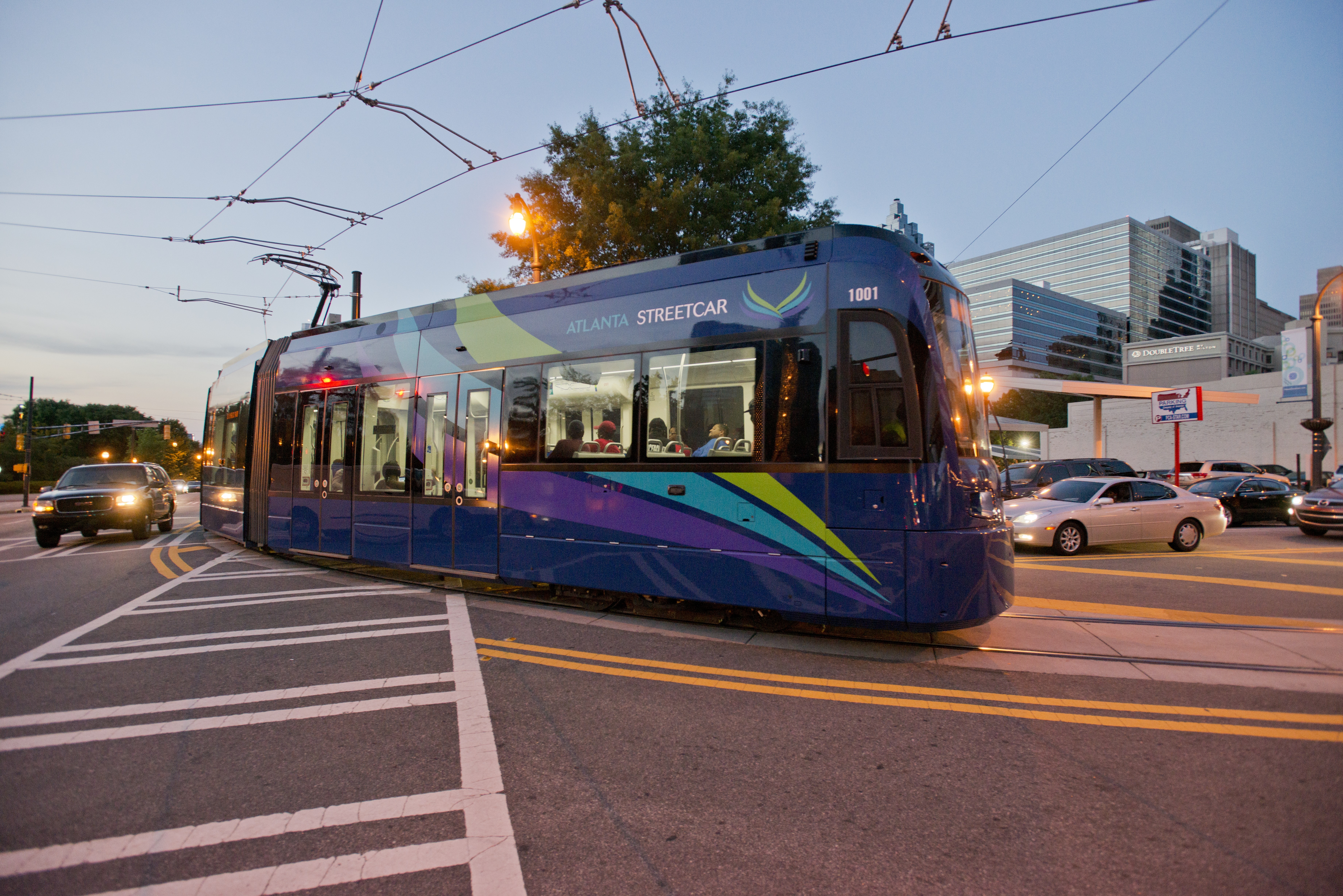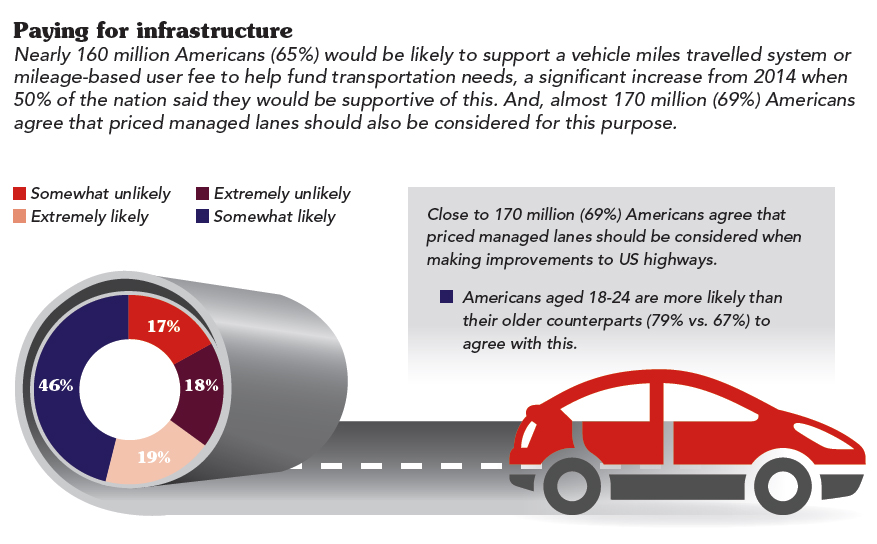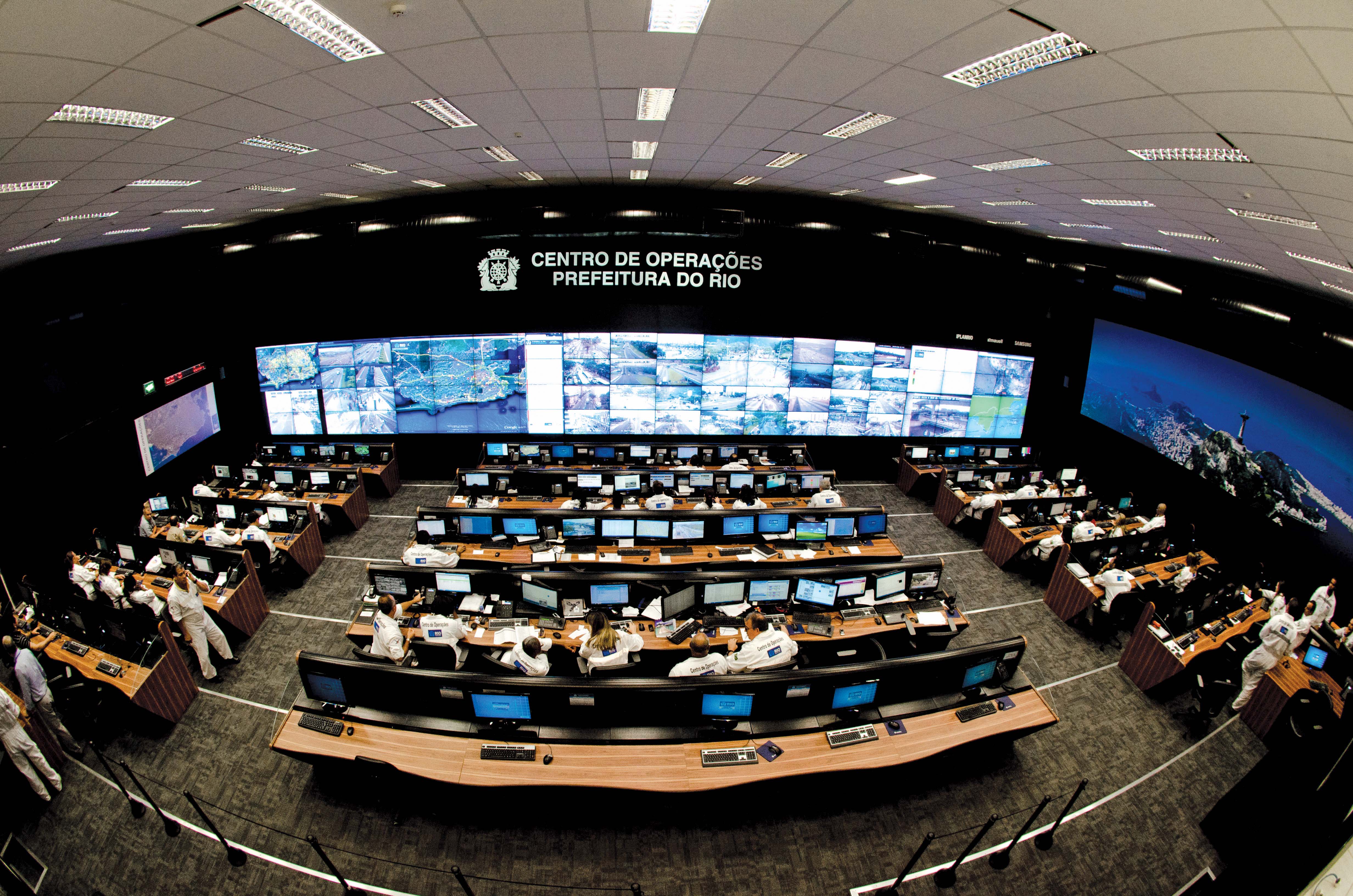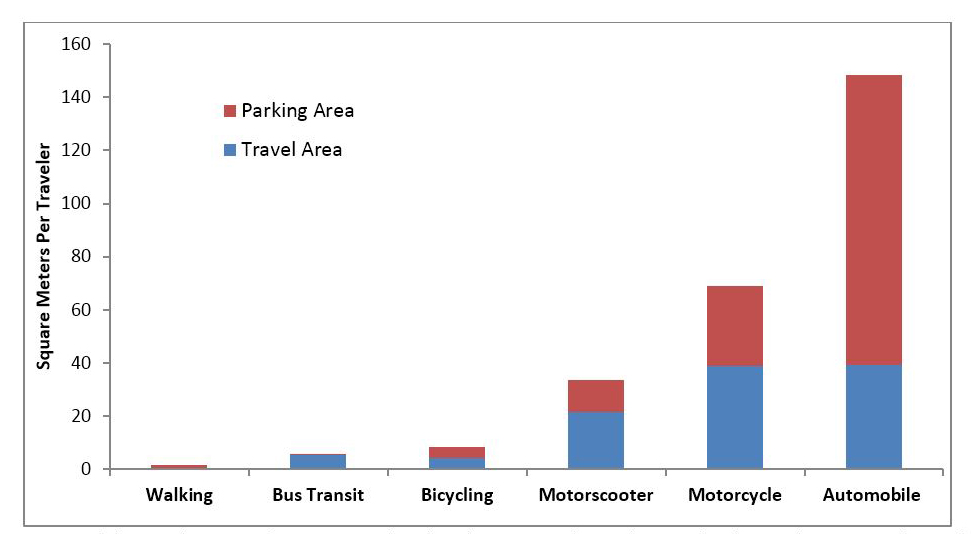
Historic funding boost reflects America’s awareness of transit’s contribution to economic growth and quality of life.
Something unexpected happened on Election Day 2016, a result nobody expected; public transportation was a clear winner. There were 49 transit-related funding initiatives on ballots across the nation, of which about 70% were passed.
This historic result will see about $170 billion in new funding for systems that provide Americans with mobility options ranging from commuter and light rail trains to subways, buses and other transit services.
This show of voter support affirms a major shift in how the public view the role and benefits of public transportation. Until fairly recently, transit has been viewed predominantly through the lens of being a public service operated to serve people who might not have other mobility options. Now, as the ballot successes show, more Americans are viewing public transportation in a broader context: as an investment in economic growth, stronger business and a better quality of life – in addition to fulfilling its traditional role of providing basic mobility. As transit systems continue to expand their coverage and reach, transit becomes a more viable alternative to the car. Users range from ageing baby boomers who may be less keen to drive as they get older and choose transit as an alternative, to millennials who may not own a car and are deferring their driver’s license.
Why did so many millions of voters nationwide say ‘yes’ to new investment in a wide range of public transportation system improvements including new bus and rail projects ? There’s no simple answer, but several key factors may be contributing to this phenomenon.
Primarily, transit investments have demonstrated strong returns. When communities have backed comprehensive transit options, they’ve gained benefits that go far beyond transportation. Businesses also thrive near transit stations, so commercial and residential real estate rises in value which generates greater economic activity and jobs while increasing the tax base.
One illustration of this belief in economic benefits is in Los Angeles, where voters approved a 1/2-cent sales tax increase to fund $120 billion in transit expansion and operations over the next 40 years. Many Angelenos are beyond easy reach of these transit options (either because there is no convenient station or they live outside the metro/commuter rail area) which suggests that their grasp of the system’s employment, economic and tax benefits is strong.
Increasingly, urban dwellers are deciding to purchase only as much of transportation services as they need, when they need it, rather than making the commitment to purchasing, owning and running their own vehicles.
People simply want more options for how they travel. It is true that when more people take public transportation it can reduce single-occupant vehicles on highways but the reality is, that people want choice, so they can determine for themselves the most convenient, fastest, most efficient way to get from A to B. Take, for example, Washington State where voters in King, Pierce and Snohomish counties passed a measure that will deliver $54 billion over 25 years for the build-out of their transit systems.
Likewise, the Sound Transit 3 Ballot initiative builds on the existing mass transit system of light rail, commuter rail and bus. And the Seattle metropolitan area is among the most affluent in the nation, suggesting that people are not using transit to save money, but rather to enjoy broader, more convenient travel options.
Building on innovation
Rideshare options are creating vital links as getting to and from the station by car (with the associated parking hassle) stops many commuters from taking advantage of transit options. Now, with the emergence of ride-hailing and expansion of rideshare services (and the potential for autonomous vehicle options), more people have a lower-stress, modestly priced way to connect home to station. This truly is a game-changer for public transportation. More broadly, the ability to combine ridesharing with transit gives people, from millennials to frugal baby boomers, an alternative way to buy transportation – ‘as needed’ rather than sustain a constant ‘oversupply’ by owning, maintaining and garaging a personal vehicle.Furthermore, an increase in transit use allows land in urban centres to be put to better use. In many cities several square miles of land – whether horizontal or vertical (in garages) – are devoted to parking yet experts estimate that on average, most cars are parked about 95% of the time.
Little, if any, value can be generated by seas of idle vehicles in urban areas. But when transit and rideshare work in tandem, they can decrease demand for parking and thereby free up urban land for more fruitful development, such as shops, entertainment venues, apartments and other features that make for a more vibrant city.
A change of sentiment of this magnitude does not happen by chance and strong advocacy has made the difference.
While public transportation’s renaissance is due in part to the factors already discussed, there is one more essential piece of the jigsaw: leadership.
As with all public investment, transit must vie for funding with other priorities in the eyes of voters and politicians.
There is always debate and, sometimes, division.
Fortunately, across the country, there has been very strong leadership among elected officials, transit CEOs, general managers, transit boards and others, which has helped to reframe the public’s understanding of transit as a catalyst for economic vitality and improved quality of life. By voting for massive transit investments, the public is showing its faith that leaders will spend money wisely, operate an effective system, and continue to envision and create ever-more-valuable options.
Ultimately, public transportation is about mobility but it’s also about freedom and giving the individual a choice about how they travel. Across the nation voters have signalled that they are ready for a new era of broader transit options. It’s up to us all, agencies, authorities and consultants like
About the author: Diana Mendes, AICP, is senior vice president and leader transit/rail market sector for HNTB Corporation, an employee-owned infrastructure solutions firm serving public and private owners and contractors. With 30 years’ experience in transportation and public transit, Mendes is responsible for strategic planning and delivery of various high-profile transit projects.











